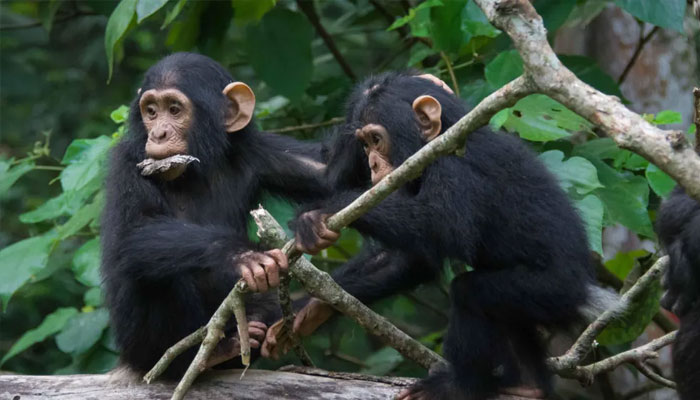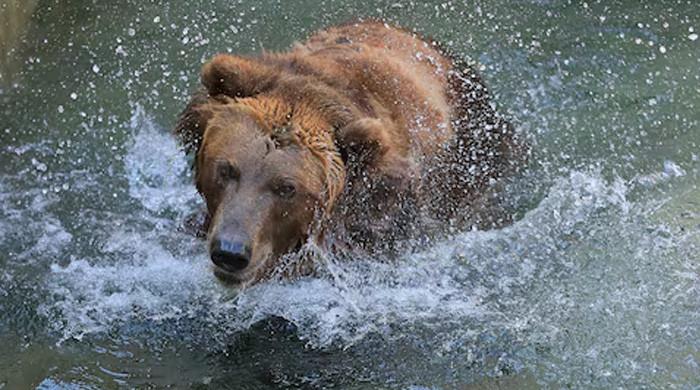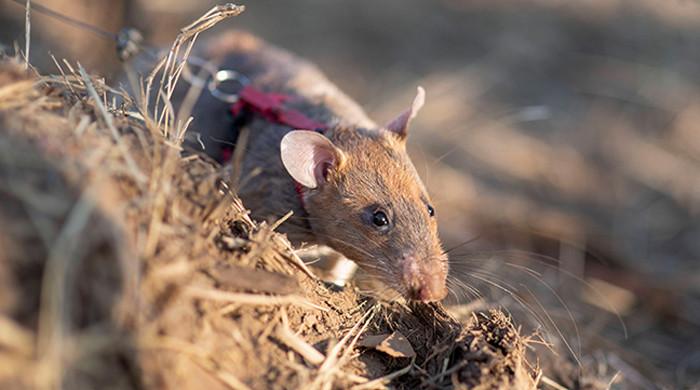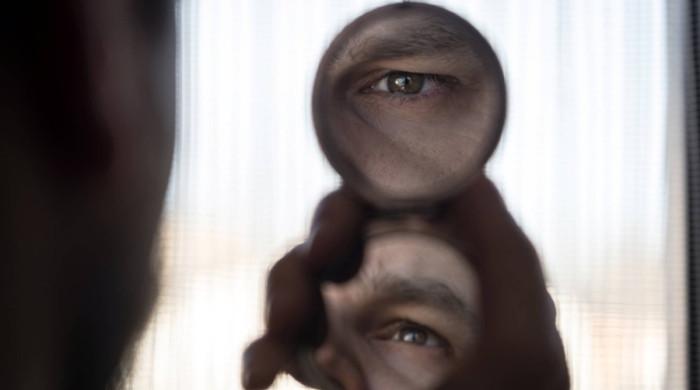Chimps exhibit 'snappy' conversational style similar to humans
Chimps use body language, hand signs and facial expressions as means of communicating
July 23, 2024

Chimpanzees, that live in the wild, can mimic each other and their exaggerated gestures may switch with opponents in under 0. 0002 seconds, BBC reported.
Chimps mainly use body language signals, hand signs and facial expressions as their means of communicating signals. Some researchers who observed their communications noted that chimps engaged in what they called the ‘turn-taking’ way when disseminating information with each other, and sometimes interrupted the other.
Prof Cat Hobaiter from the University of St Andrews says that there are deep evolutionary similarities with humans about interactions in face-to-face conversations. These results were presented in the scientific journal called "Current Biology".
She said this is a characteristic of human interaction where turn-taking occurs in a very short interval.
One analysis involving Japanese and Danish participants published in 2009 established that participants who spoke Japanese took an average of seven milliseconds to respond, while the Danish 470 milliseconds.
Working with thousands of videotaped chimps involved in communication, Prof Hobaiter and her colleagues established proof that the chimps indeed mimic human conversational timings. "The gaps ranged from interrupting the signaller immediately before they had finished the gesture to taking 8,600ms before the partner was able to respond," Prof Hobaiter explained.
This variation could be attributed to environmental influence in that the chimps are in their natural habitat and thus display a wider range of behaviours.
For the scientific studies related to the evolutionary aspects of communication, the behaviours of five different groups of wild chimpanzees in Uganda and Tanzania have been closely monitored and documented for several years, and researchers have been able to note and interpret more than 8000 gestures from over 250 Chimpanzees.
Dr Gal Badihi from the University of St Andrews, the leader of the study, said that gesturing allowed the chimps to avoid violent interactions and cooperate. For instance, one of the chimps might use a hand sign that means food, and the other may use the hand sign to give it or reject it.











